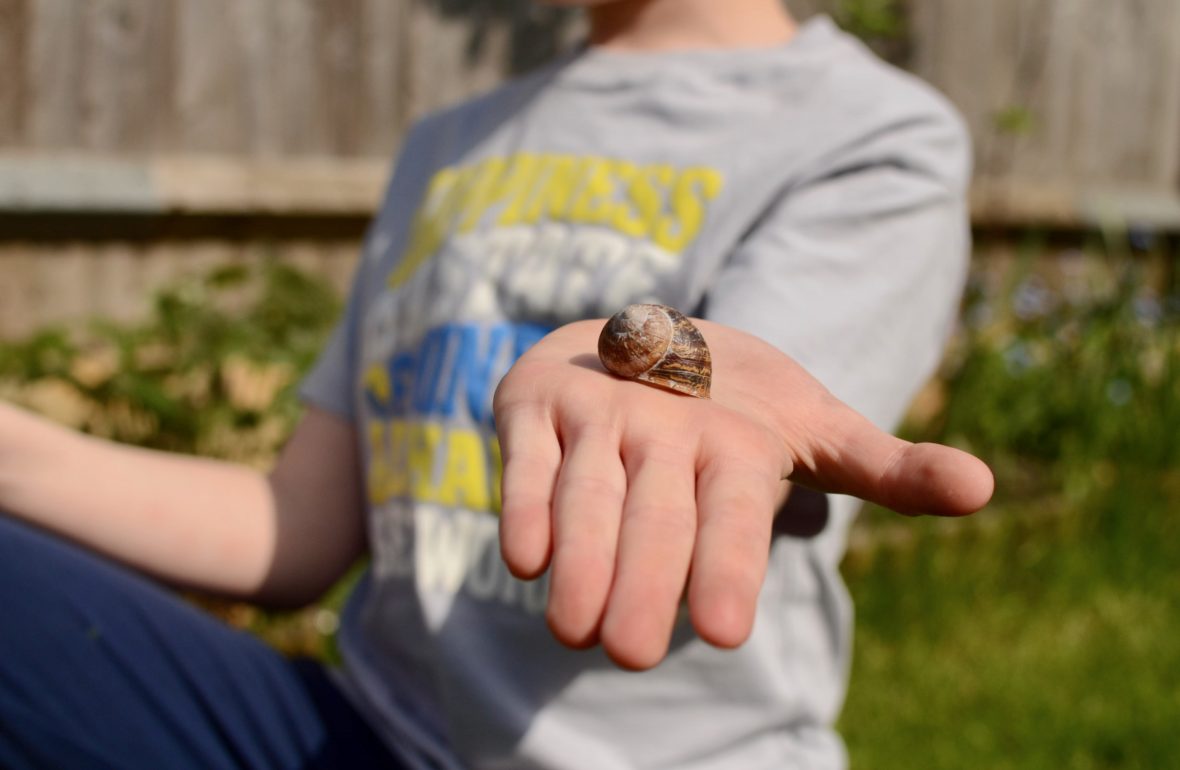
Creating a wildlife friendly garden doesn’t have to be difficult and it certainly doesn’t have to be ugly. Wildlife friendly gardens can often conjure up images of overgrown, badly cared for weed havens where structure and tidiness is forgotten and chaos and mess rules. Well, this doesn’t have to be the case at all. It’s easy to create a beautiful garden which is also wildlife friendly.
Attracting wildlife to your garden is not only incredibly eco friendly, it’s also really beneficial to the health of your plants. Pollinators, insects and animals all play a part in the cycle of the garden and all contribute to it’s overall health. So looking after them by creating a wildlife friendly garden is a great idea!
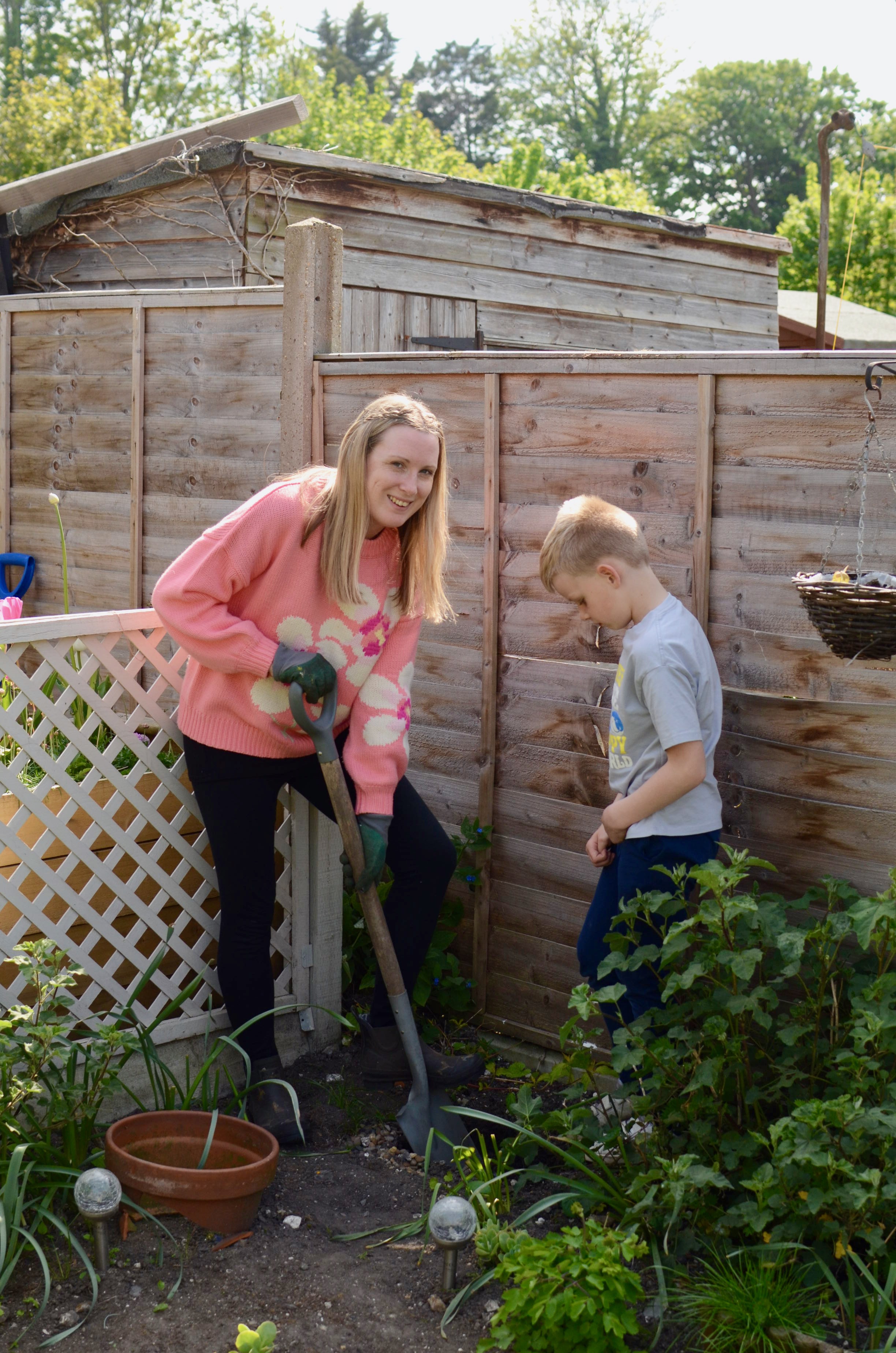
10 TIPS FOR A WILDLIFE FRIENDLY GARDEN
- ADD SOME WATER
Water is one of the best things you can add to make a wildlife friendly garden. Making a wildlife pond is so much fun. It doesn’t have to be big or expensive either. Try sinking an old washing up bowl into a corner of the garden. Place in some rocks, add some sheltered planting to the edges and fill with rain water. The wildlife will find their way to it and be thankful for the drink!
2. LOOK AFTER THE BIRDS
Birds don’t have it easy, particularly in the heat and the very cold. Add a bird bath and some bird feeders to your garden to give them a helping hand. Don’t forget to top up water in very hot spells as well as break any ice in the winter months.
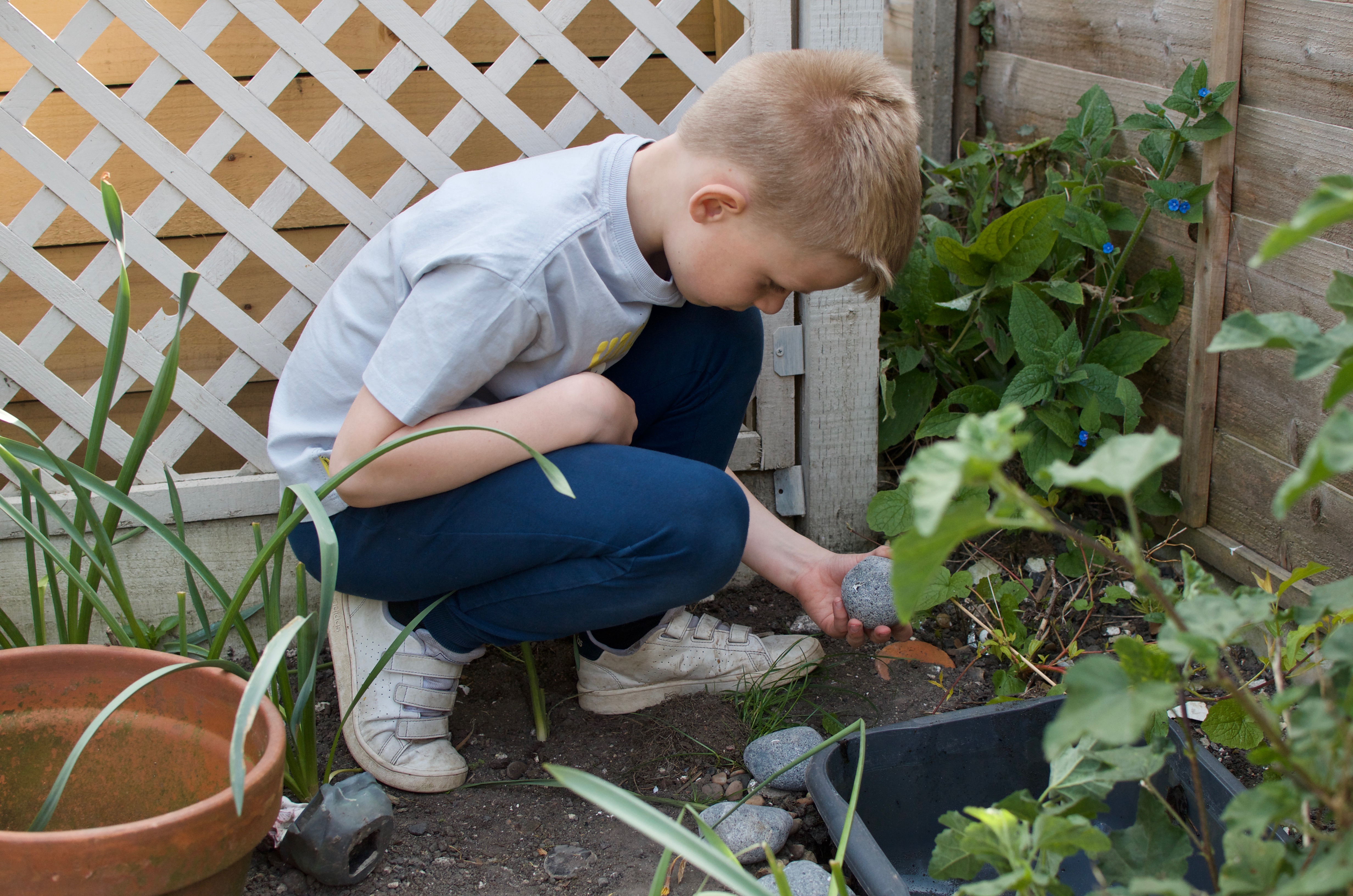
3. PLANT FOR POLLINATORS
Add plants that pollinators will love, or in other words flowers! The basic rule of thumb is that if the flower is open with a clear pathway to the centre, it’s good for pollinators. So things like pom pom dahlias, although look beautiful, wont be very helpful to a hungry bee as they will struggle to find the centre. Multi headed flowering shrubs and annuals are also a great shout such as buddleia.
4. DON’T CUT ALL THE GRASS
When to cut the lawn after winter is always a big debate. There are so many insects who benefit from longer grass. No one is expecting you to allow the entire lawn to become overgrown, but consider leaving a small patch to go a little wild. I stopped trimming the edges a little while ago to allow insects to be able to live and hide along the sides. It looks quite pretty actually!
5. DON’T BE TOO TIDY
You can pick up your tools and keep the main lawn mowed, but be careful not to become too tidy. Birds like to nest in bushes and insects love dead plants such as dahlias over the winter months to hide in and keep warm. Garden’s don’t have to be perfectly immaculate places, a little wilderness can look beautiful and does wonders for wildlife.
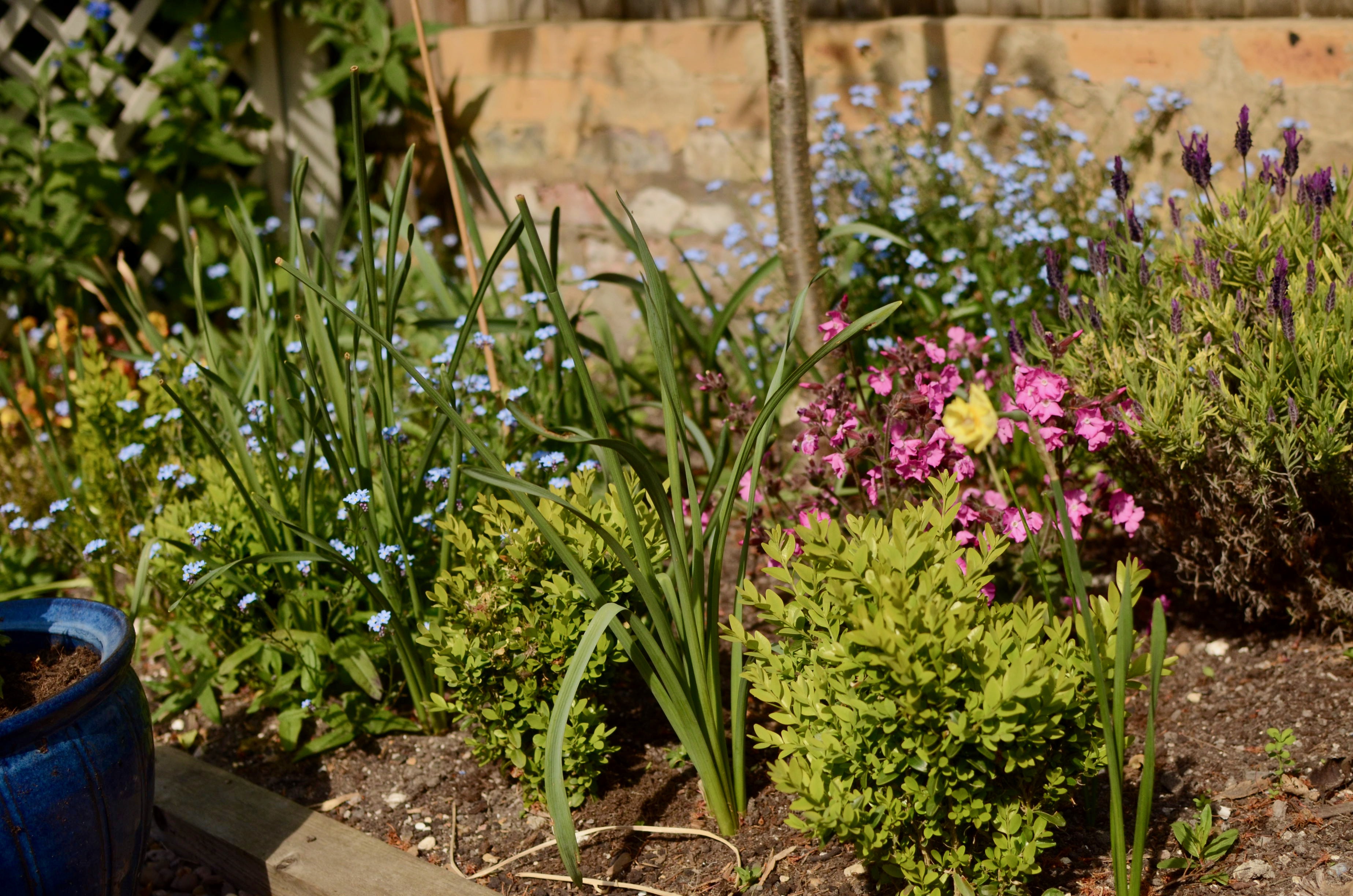
6. USE ECO FRIENDLY PEST CONTROL
Say no to slug pellets that contain anything poisonous. If the slugs eat it and die, a hedgehog or fox may eat the slug which means the cycle of death will continue. It’s just not necessary. Try egg shells, sharp sand or even scouring pads around vulnerable plants.
7. CREATE SMALL HABITATS
Piles of logs, some rocks in a corner or even a hedgehog house. Try making as many little habitats as you can around your garden to attract as much wildlife as you can. Bug hotels are a great idea and are fun to make with kids!

8. GROW MORE, PAVE LESS
More and more people are laving over their front and even back gardens with paving and concrete. It not only raises the risk of flooding in local areas (the water has nowhere to drain), it’s also stopping wildlife from having a place to retreat. Turn your garden into a wildlife friendly garden by growing more than you pave.
9. PLANT A TREE
There’s a tree for every sized garden out there, no matter how small! Plant a tree and create a wildlife friendly garden. Tree’s benefit so many animals and insects as well as providing oxygen for the Earth. Not just that, they also reduce noise pollution in cities so if you live in the heart of a City, plant a tree and save your ears!

10. GROW YOUR OWN
Why not try growing your own fruit and vegetables in the garden as well as flowers and trees? Growing food will not only feed your soil and yourself, it will also feed animals and insects who will more than likely come for their share!
Create a wildlife friendly garden and enjoy the benefits of a garden bursting with life. Happy gardening!


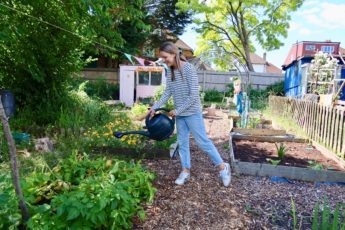
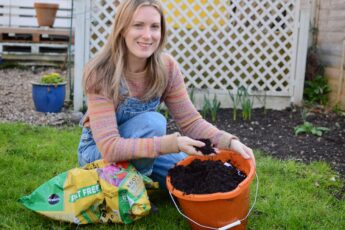
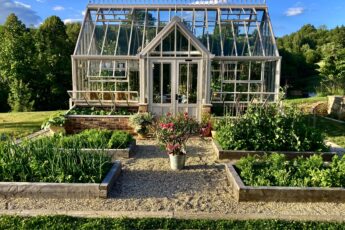
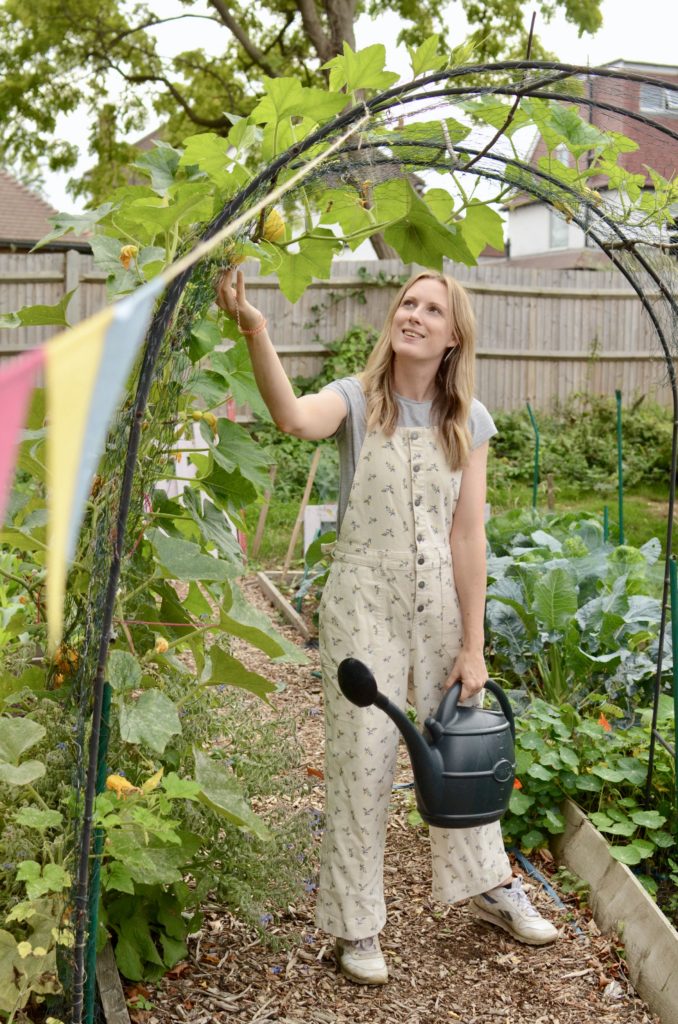
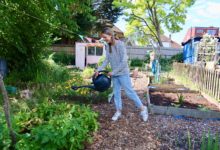

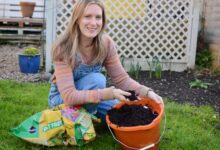


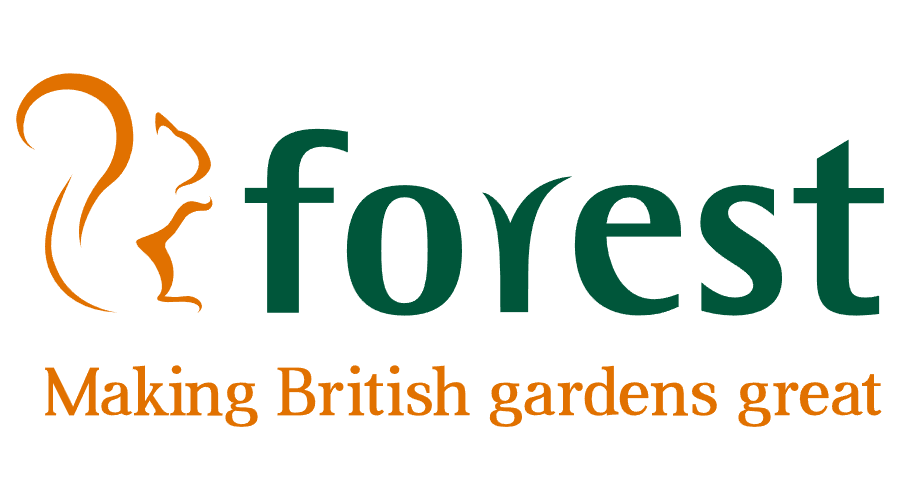



Great ideas, my next project is to create a garden pond. I just need to find the right spot. One where is doesn’t fill with leaves.